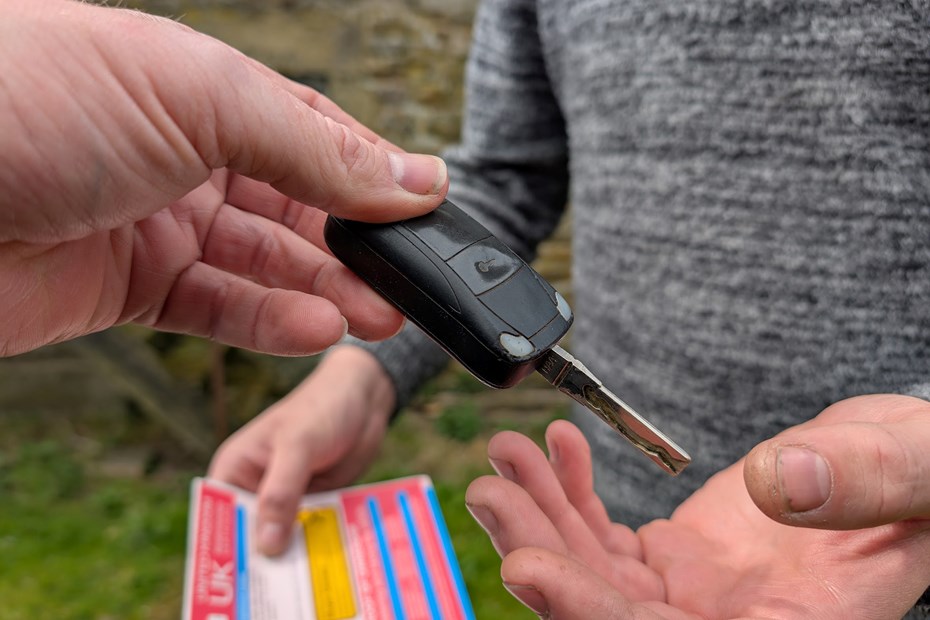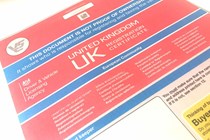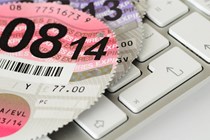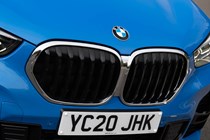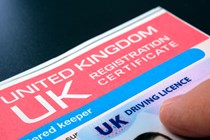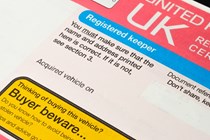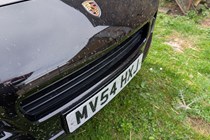Changing ownership of a car in the UK is a simple but important process. Whether you’re buying, selling, or giving a car to a family member, it’s vital to tell the DVLA about the new registered keeper. This keeps you legally protected and avoids fines or future disputes.
Our guide walks you through everything you need to know about how to change ownership of a car, including explaining logbooks (V5C), the difference between owner and keeper, and answering key questions like whether the MOT transfers with the car.
What’s the difference between owner and registered keeper?
It’s easy to assume the owner and registered keeper of a car are the same, but they are not always. The owner is the person or company that legally bought or financed the car. The registered keeper is the person responsible for taxing, insuring, and maintaining it, and is the name recorded by the DVLA. If you lease or finance a car, the finance company owns it, but you are usually the registered keeper.
It’s important to understand that the DVLA only records who the registered keeper is – it doesn’t track legal ownership.
What is a logbook (V5C)?
The V5C, often called the logbook, is the DVLA’s official registration document for a car. It’s a red (or older blue or beige) paper document that shows important details like the car’s make, model, VIN (Vehicle Identification Number), and details of past and present registered keepers.
When buying or selling a car, the V5C is essential. It’s proof that the car is properly registered, although it is not proof of ownership.
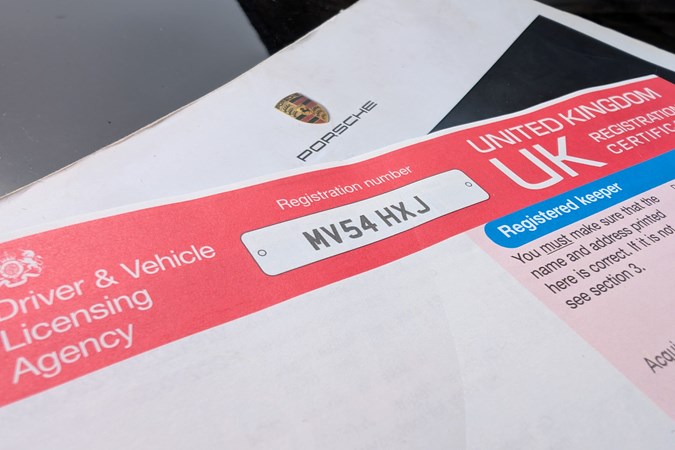
How to change ownership of a car
There are two ways to change the registered keeper of a car in the UK. The quickest and easiest method is to do it online through the official GOV.UK service. You’ll need the 11-digit reference number from the front page of the V5C. The DVLA’s records update at the end of every working day. Just remember that the website closes(!) to changes of registered keeper after 7.00pm, so try and do your deals during the working day.
If you prefer, you can also change the keeper by post. This involves filling out Section 2 of the V5C with the new keeper’s details, handing the green new keeper slip to the buyer, and posting the rest of the form to the DVLA. You can even take it to the post office and do it there!
If you are selling a car to someone who plans to take it abroad, you’ll need to complete Section 5 of the V5C instead and send it to the DVLA. The buyer will need the rest of the V5C to register the car in their home country. After the transfer, you should receive a confirmation letter from the DVLA within about three weeks.
If you’re on the other side of the fence and buying a car, make sure the seller completes the online form or fills out Section 2 of the V5C in your presence. Also make sure you leave with the new keeper slip. You should receive a new V5C in your name within three weeks. We’ll cover what to do it you don’t in a bit.
If you’re buying a car in the UK to take out of the country, you need to take the whole V5C document (apart from Section 5) to register the car in your home country. You’ll also need receipts and paperwork to prove what you paid, and you may have to pay import duties.
How to transfer car keepership to a family member
If you are transferring a car to a family member, you simply follow the same steps as if you were selling to a private buyer. You must notify the DVLA that the keepership has changed and ensure that the car is taxed in the new keeper’s name before they drive it away.
It’s important to complete the process properly, even within the family, to avoid any confusion over fines, penalties, or insurance claims in the future.
Does the MoT transfer with the car?
When a car changes keeper, the MoT remains valid and remains with the vehicle. There is no need to arrange a new MoT immediately unless the current one is about to expire. However, it’s a good idea to check the car’s MoT history online to look for any outstanding advisories before completing the purchase.
It’s worth remembering that vehicle tax (VED) does not transfer between owners. The new keeper must tax the car themselves straight away, even if the previous keeper had recently taxed it. If you’re selling a car, the VED is automatically cancelled once the DVLA registers the change of keeper. You’ll receive a refund for any full months of unused tax.
How do you know if the V5C is genuine?
Unfortunately, like many official documents, the V5C logbook can sometimes be forged. Although rare, scams like scrap fraud – where an unscrupulous garage offers to scrap your car for free – can sometimes involve misuse of the V5C.
When buying a used car, always check for the watermark running down the page, which features the letters ‘DVL’. This is a key sign that the document is genuine. It’s also a good idea to do a Parkers CAP HPI check or similar vehicle history check, which will highlight any discrepancies.
If a seller claims to have lost the main V5C but presents the green V5C/2 new keeper slip, you can still check whether a new V5C was ever issued to them – and if not, it could be a warning sign to walk away
Is the V5C proof of ownership in a divorce?
In situations like divorce or separation, confusion often arises about car ownership. It’s important to know that the V5C is not proof of ownership – it simply records the registered keeper.
For example, if one partner has both family cars registered in their name, legally those cars may be considered their assets, even if the other partner financed or regularly used one of them. To avoid disputes, it’s essential that a car’s paperwork reflects the legal and practical arrangements you intend. Changing the registered keeper via the DVLA is an important part of this.
What if I don’t receive a new V5C document?
If you’ve transferred a car and don’t receive a new V5C within a couple of weeks, don’t panic. The green new keeper slip (from Section 6) proves you’ve started the transfer process. If your new logbook hasn’t arrived within two weeks for online transfers or three weeks for postal transfers, you can apply for a duplicate online via the DVLA.
If six weeks pass and nothing arrives, the DVLA considers the document lost. At that point, you’ll need to order a new one, and there will be a fee of £25.

Can you change registered keeper without a V5C?
It’s possible to change the registered keeper even if the V5C has been lost or destroyed. The buyer or seller can apply for a replacement logbook through the DVLA’s online service, paying a £25 fee. You’ll need the car’s registration number and Vehicle Identification Number (VIN) – sometimes known as the chassis number – to complete the application.
If you don’t have these details, it’s still possible to get a replacement V5C, but the process may be slower and require extra proof of ownership or keepership. Buying a car without seeing the original V5C carries extra risk, so always be cautious and consider walking away if anything feels wrong.
Can you find the owner of a car?
Due to strict data protection rules, it is not possible for ordinary members of the public to find out who owns a particular car through the DVLA. Only individuals or organisations with ‘reasonable cause’ – such as local authorities or the police – are allowed to access this information.
Conclusion
Changing ownership of a car in the UK is a really simple and straightforward process, whether you’re selling, buying, or transferring the vehicle to a family member. Making sure you update the DVLA quickly protects you from legal and financial problems later down the line.
Following the steps outlined here will ensure everything goes smoothly, whether you’re transferring online or by post, and whether you have the V5C in hand or need to apply for a new one.
Just so you know, we may receive a commission or other compensation from the links on this website - read why you should trust us.


